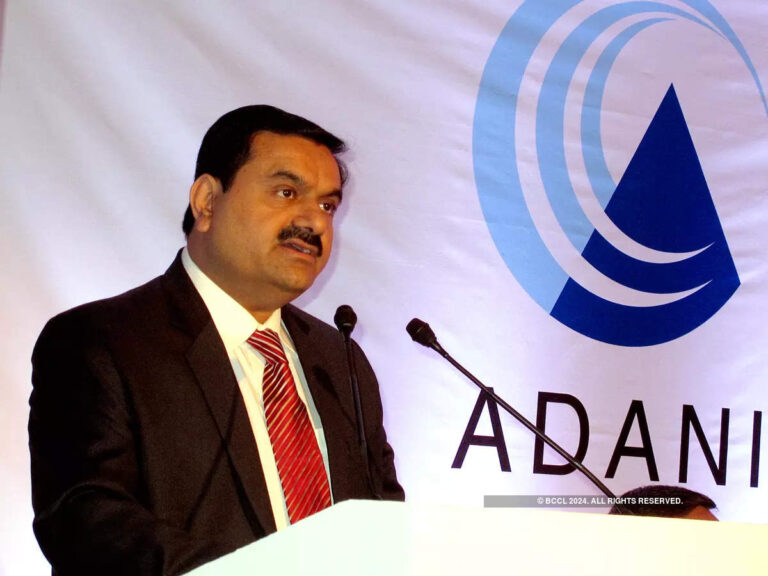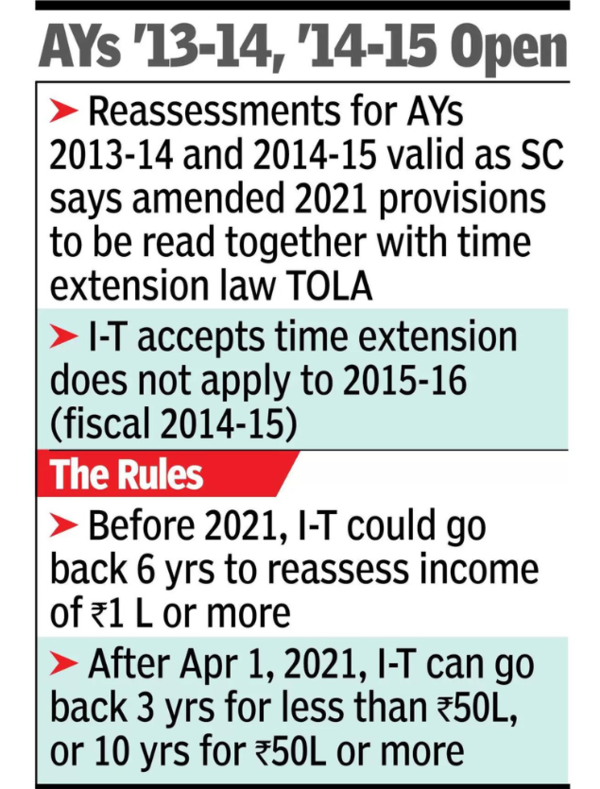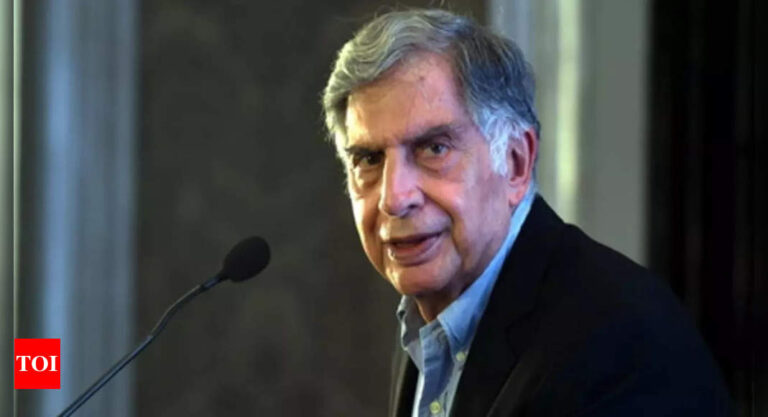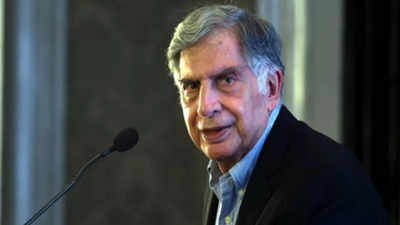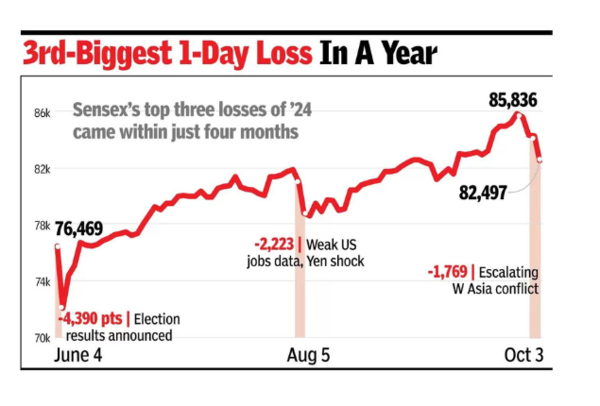Danish maritime transport giant Maersk has already said it will add a charge of $1,500 to $3,780 per container for all merchandise heading to and from the US East coast and Gulf of Mexico.
Members of the International Longshoremen’s Association union, which represents roughly 45,000 workers, stand outside Maher Terminal on strike in Elizabeth, New Jersey, U.S., October 1, 2024.
Photo: Reuters
“>
Members of the International Longshoremen’s Association union, which represents roughly 45,000 workers, stand outside Maher Terminal on strike in Elizabeth, New Jersey, U.S., October 1, 2024.
Photo: Reuters
Striking US dockers could provoke damaging consequences for global trade, and notably exchanges with Europe, experts say.
US dockers launched strike action on Tuesday in 36 ports on the East Coast and Gulf of Mexico. Around half of North America’s maritime trade passes through those ports.
It means that delicatessen and dairy products, electrical components, cars and even aeronautical industry materials are blocked from reaching their intended destinations.
How does it affect the US economy?
Experts at Oxford Economics believe that the strike will hit US gross domestic product by $4.5 billion to $7.5 billion a week.
“With over half of US container imports moving through affected East and Gulf Coast ports, traders are already facing significant backlogs, rerouted shipments, and rising costs,” said Christian Roeloffs, cofounder and CEO of Container xChange.
None of those 36 affected ports is among the busiest in the world, though.
“Between seven and eight million full containers travel every year between Europe and the United States,” said Paul Torret, director of the French maritime economics institute.
That is compared to “210 to 215 million full containers in the world: it’s small,” he said.
But it is greatly affecting the maritime flows between North America and Europe.
“The consequences will be severe, not only through congestion at US ports, but importantly these ships will be delayed returning to the Far East for the next voyage,” said Peter Sand, Chief Analyst at Xeneta.
“A strike lasting just one week will impact schedules for ships leaving the Far East on voyages to the US in late December and throughout January.”
How bad will the delays be?
“A relatively prolonged strike would be a real catastrophe,” said Eric Martin-Neuville, freight operations manager at French logistics company Geodis.
The domino effect would not only see European exports delayed, but would also hit exporters’ profits ahead of the holiday season.
“A week-long strike means three weeks of maritime disruptions to and from the US, hence a month-long fall in activity” for a group like Geodis, for whom the US represents a quarter of its turnover, Martin-Neuville said.
“The big issue will be ensuring that deadlines are met, especially for products with a use-by limit,” said Arthur Barillas de The, director of French transport agent Ovrsea.
Some European exporters have turned to air transport but that is not possible for everyone.
“If you export 100,000 bottles of champagne, you won’t do it by plane,” said Barillas de The.
“Container traders must adapt quickly but the ripple effects on logistics, pricing, and availability will be felt across the supply chain for weeks to come,” said Roeloffs.
Who will carry the rising costs?
Some companies have imposed surcharges related to the strike.
Danish maritime transport giant Maersk has already said it will add a charge of $1,500 to $3,780 per container for all merchandise heading to and from the US East coast and Gulf of Mexico.
Its French competitor CMA CGM has also increased tariffs on containers blocked in ports.
Freight companies carrying cargo to the US East Coast and Gulf of Mexico have few alternatives.
“These ships cannot turn back and they cannot realistically re-route to the US West Coast… the vast majority will simply wait outside affected ports until the workers return,” said Sand.
With transport costs rising, so too could consumer prices.
Maritime freight tariffs have not risen to the levels seen during the Covid pandemic but have doubled in the last year, with companies anticipating the strike action since July.
“While many pulled forward shipments earlier this year to mitigate risks, stockpiled inventories will only cushion businesses for so long,” said Roeloffs.
“If the strike continues for an extended period, we could see significant strain on container availability and shipping schedules.”





 For all latest news, follow The Daily Star’s Google News channel.
For all latest news, follow The Daily Star’s Google News channel. 




